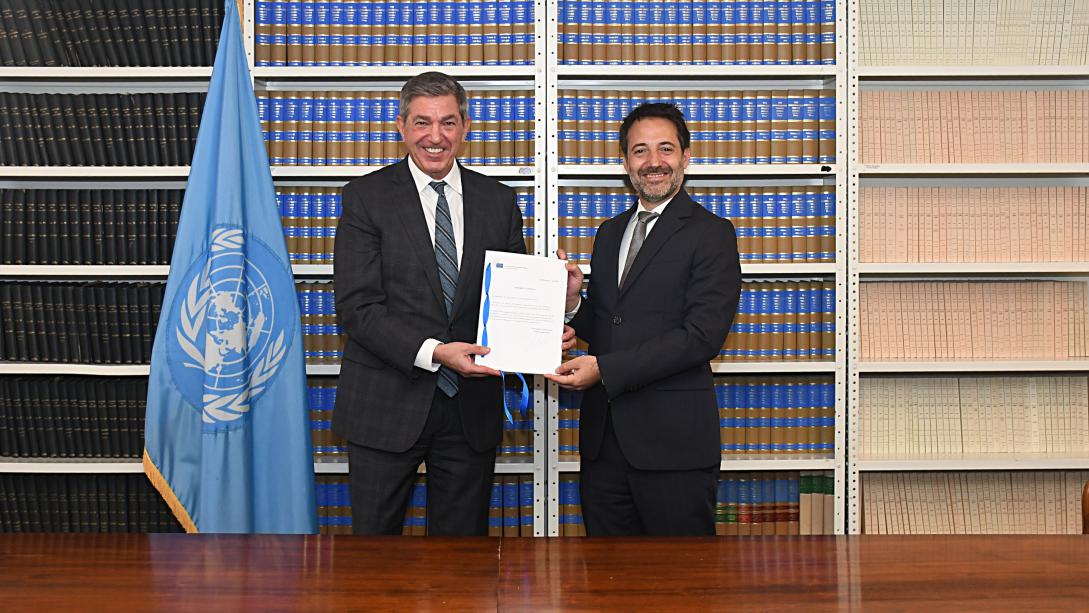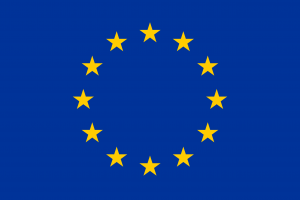EU leads global efforts to protect high seas biodiversity with landmark BBNJ Treaty ratification

The European Union’s ratification of this binding agreement, facilitated by the the United Nations, demonstrates its strong commitment to responsible and sustainable ocean governance and to multilateral cooperation. This significant step comes ahead of the United Nations Ocean Conference (UNOC), which will be held in Nice, France, from 9 to 13 June 2025.
The EU’s ratification was joined by six of its Member States, including Cyprus, Finland, Hungary, Latvia, Portugal, and Slovenia. France and Spain had already ratified the Treaty in early 2025.

UN/Win Khine
With this collective ratification, the total number of parties to have ratified the agreement now stands at 29 marking the largest joint ratification by a group of countries to date. It demonstrates the EU’s and its Member States’ strong commitment to the agreement’s rapid entry into force, highlighting Europe’s continued leadership on ocean governance.
The EU is now calling on all parties who have not yet ratified the agreement, to do so without delay, with the aim of reaching the 60 ratifications needed for its entry into force in time for the UN Ocean Conference in Nice.
To support African, Caribbean and Pacific partners in their efforts to ratify and implement the agreement, the EU has pledged €40 million as part of a Global Ocean Programme - making the EU the largest donor in support of High Seas protection globally.
The Treaty of the High Seas has the potential to mark a significant shift in ocean conservation efforts. Currently, only about 1% of the high seas is currently protected. Once ratified, the High Seas Treaty will change this, allowing the establishment of marine protected areas in these areas, contributing to the objective of protecting at least 30% of the planet by 2030.
Background
Areas beyond national jurisdiction cover nearly two-thirds of the world’s ocean, comprising the high seas and the seabed beyond national jurisdiction. They contain marine resources and biodiversity and provide invaluable ecological, economic, social, cultural, scientific and food-security benefits to humanity. However, they are under mounting pressure from pollution (including noise), overexploitation, climate change and decreasing biodiversity.
In March 2023, a global consensus was reached on the need to protect and sustainably use the resources of these areas. The text of the treaty was formally adopted by consensus on 19 June, at UN Headquarters in New York. It will enter into force after 60 ratifications.
Together with Palau and Seychelles, the EU and its Member States are leading the BBNJ High Ambition Coalition
, a group of countries which are committed, at the highest political level, to achieve ambitious actions for the protection of the ocean. They have launched a call for action to all governments to join this coalition, at the occasion of the upcoming UN Ocean Conference.
On 24 April 2025, the Commission also presented a proposal to integrate the international Biodiversity Beyond National Jurisdiction' (BBNJ) Agreement into EU law, ensuring harmonised and ambitious implementation of the Agreement into the European Union.
